Bite-Sized Bombshells
Okay, let’s do a quick thought experiment. Picture yourself at your favorite fast-food joint. You grab your tray, take a seat, and there it is: that tiny, crinkly paper packet of salt. You know, the kind you toss into your bag or shove in your junk drawer… “just in case.” Have you ever wondered—like, really wondered—what’s actually hiding inside that little paper envelope? How much Na is in a small paper packet in grams, and does it even make a dent in your whole day? Or… could it be making way more of a dent than you ever noticed?
If you’re watching your sodium intake for health, fitness, or just because you’re a curious human, you’re in exactly the right place. Let’s dive in. This is going to get interesting—promise.

Sneaky Packets, Not-So-Sneaky Sodium
First, confession: I used to collect those spare salt packets in my car’s console. For emergencies! (You never know when fries will happen.) Then, one day, after I was told to watch my blood pressure, I decided to actually look closer at them. Hoo boy—let’s just say, perspective shift.
How Many Grams Are Hiding in That Packet?
Ready? Here’s the quick-and-dirty: most small paper salt packets hold around 0.75 grams of salt—that’s the classic size from major brands and most fast-food chains according to nutrition guides and foodservice suppliers. That’s less than a quarter of a teaspoon. But wait!—not all of that is sodium (Na).
Salt isn’t pure sodium. Chemically, salt is sodium chloride. Only about 40% of that little packet is actual sodium, and the rest is chloride… so for a 0.75-gram packet, you’re downing roughly 0.3 grams of pure sodium (300 mg Na)according to nutrition info.
Let’s Get Visual (Because…Science!)
| Packet Type | Total Weight (g) | Na (Sodium) per Packet (g) | Sodium, Rounded (mg) |
|---|---|---|---|
| Standard salt packet (like at McD’s) | 0.75 | 0.3 | 290-300 |
| Light salt packet (some diners) | 0.5 | 0.2 | 200 |
| “Heavy” ramen flavor packet | 1.5–2 | 0.6–0.8 | 600–800+ |
So next time you see a little packet, remember: just one is about 300mg sodium. And let’s be real…do you ever use just one? Or do you sometimes double-up for extra flavor? (Yeah. Me too.)
Why So Much? (And Does It Matter?)
I know what you’re thinking: “Come on, it’s tiny… how much damage can it do?” But here’s the curveball: salt packets are shockingly potent proportional to their size. If you’re cruising through your day—breakfast sandwich here, salad there, ramen at lunch, maybe a quick fast-food dinner—those little hits add up fast.
Wait, How Much Is Too Much?
Quick reality check—sodium guidelines suggest maxing out at about 2,300 mg sodium per day for healthy adults, or closer to 1,500 mg if you have blood pressure risks. Guess how many packets it would take to reach that? Around 8 (less if you use the “heavier” kind). That’s just a handful. I did this experiment once—literally stacked packets up on my desk. It was… slightly horrifying.
Here’s the thing: that “daily limit” doesn’t count what’s already in almost all processed foods. If you eat out—even a little—it goes up fast. Some pre-made soups, dressings, or ramen flavor packets can single-handedly max your whole daily allowance. (No exaggeration. I learned this the hard way after a late-night instant noodle marathon…regret and puffy fingers by sunrise.)
How Does This Compare? (Perspective Time)
| 1 salt packet (0.75g) | ~300mg sodium |
| 1/4 teaspoon salt | ~575mg sodium |
| Ramen noodle soup packet | up to 1,800mg sodium |
| Bag of chips (medium) | ~250–400mg sodium |
Keep in mind, your food doesn’t even need to taste super salty to pack a sodium punch. Some of the sneakiest sodium is in foods that don’t taste salty at all…
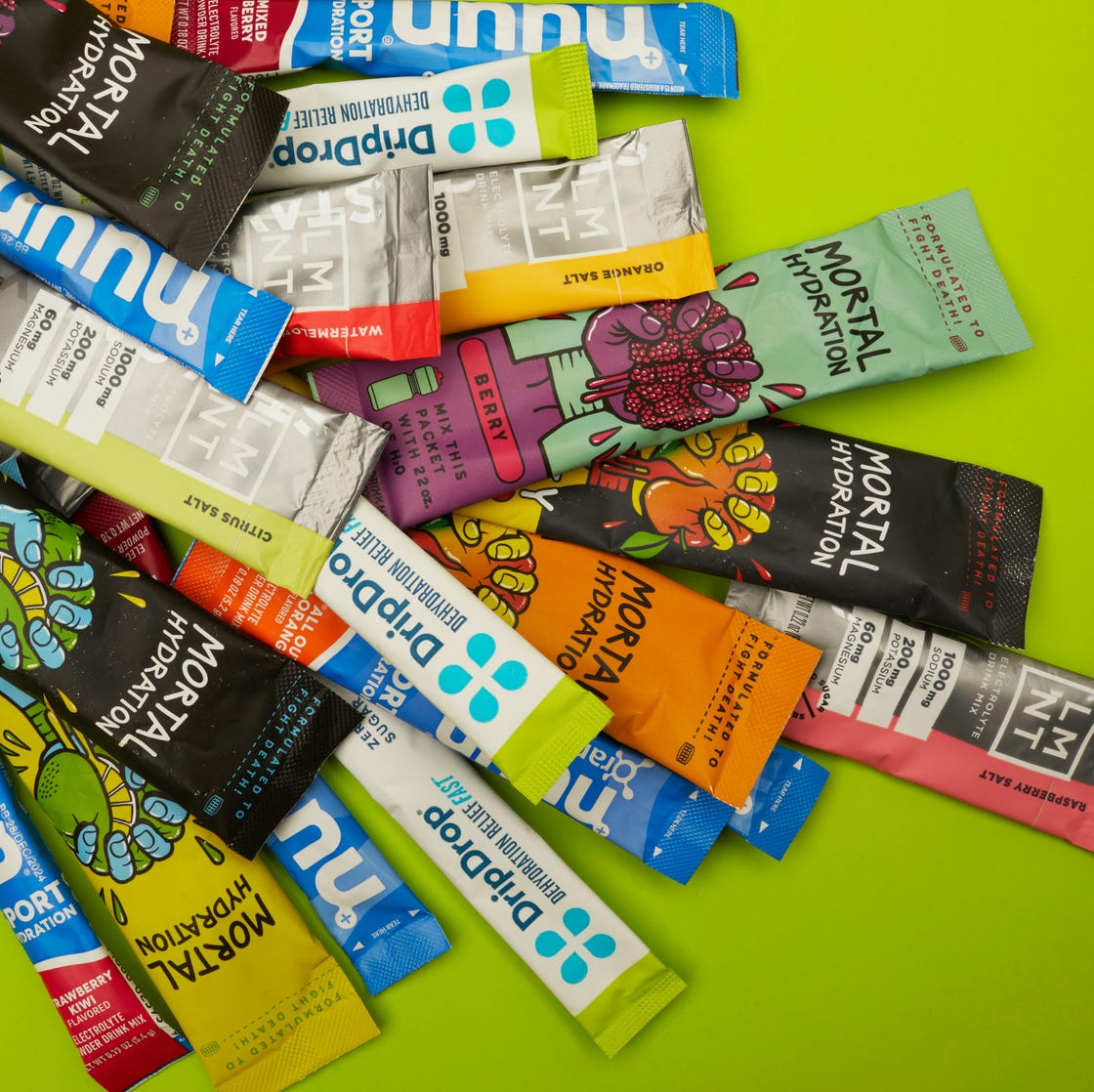
Ripple Effects: Packets & Your Day
So, why should you care about how much Na is in a small paper packet in grams or even how many mg of salt in a salt packet? Honestly, it’s not about demonizing salt. Sodium is essential for our bodies: nerves, muscles, hydration—couldn’t run without it.
But most of us? We’re not at risk for too little. We’re at risk for too much. And, well, high sodium intake is linked to bloating, high blood pressure, heart disease—the usual villains. Sometimes, it’s those little choices (like whether you tear open that third salt packet) that really tip the scales.
Real Talk: How Often Do You Reach for One?
Let’s get honest—when was the last time you ordered fries and just skipped the salt? Or had soup and ignored the flavor packet? If you’re like me, there are weeks a single takeout meal’s condiments and sauces can set you back days in recommended sodium intake. (When I was marathon training, I tried using ketchup packets as my run “fuel” once—sodium overload: bad idea. Don’t recommend unless you love chugging water all night!)
It’s funny… salt finds its way into places you’d never expect. Bread. Cheese. Cereal. Even sweet yogurts! But those packets? At least you can see what you’re adding—and, more importantly, what you can skip.
Salt Math: Teaspoons and Milligrams
If you’re into food trivia—or just like feeling in control of your health—understanding how many teaspoons of salt is in a salt packet can make reading nutrition facts way easier. Here’s a super-quick cheat sheet:
- 1 packet = approx. 1/5 of a teaspoon (0.75g per packet)
- 1 packet = about 300mg sodium, give or take
- 1,000mg sodium = roughly 1/2 teaspoon salt
This is the kind of nerdy info that helped me drastically cut my salt intake without even missing it. Now, I just skip the extra packet and reach for some herbs instead. Tastes better, feels better later.
Do You REALLY Need the Packet?
Try this: next time you get takeout, taste your food before automatically adding salt from those packets. It sounds simple, but half the time, it’s already perfectly seasoned. If not better. Skip the extra, and see how you feel. (No more post-meal bloating? Win.)
When I audit my own meals, those single-use packets are easy to track (and to cut). It’s the hidden salt in sauces and flavor powders that’s the real troublemaker.
Healthier Swaps—You’ll Hardly Notice
Swapping out salt packets doesn’t have to be painful or boring. Here’s what I do when craving more flavor:
- Add a squeeze of lemon or lime (brightens things right up!)
- Use fresh or dried herbs: dill, parsley, rosemary, oregano… anything goes
- Try flavored vinegars or a splash of hot sauce (watch sodium, though—they’re not all equal)
I even keep a container of “everything” bagel seasoning in my work desk…no joke, it adds way more interest for zero extra sodium.
Still Want the Math?
For those of you who like to know your numbers, here’s a mini breakdown for quick comparison—because, yes, you absolutely should know how many mg of salt in a salt packet if you’re tracking your intake for health or fitness goals.
| Serving | Grams per Packet | Sodium (mg) | Teaspoons Salt (approx) |
|---|---|---|---|
| 1 small packet | 0.75 | 290–300 | 0.2 |
| 2 packets | 1.5 | 580–600 | 0.4 |
| 5 packets (!!!) | 3.75 | 1450–1500 | 1 |
Wrap-Up: Small Packet, Big Impact
So yeah, one little packet might seem harmless. But stack up a few, day after day, and suddenly you’re deep into sodium overload territory—without even touching the salt shaker. The good news? Once you’re aware, it’s actually pretty easy to cut back without giving up flavor (or joy). Taste before you tear. Season smart. Pay attention to labels when you can. Your heart, kidneys, and future self will thank you.
And hey, if you’re still collecting packets in your glovebox—no judgment. Maybe just… give them a second glance next time. You might be surprised at how powerful those tiny torn envelopes really are.
Now you know what’s inside. Use it wisely.

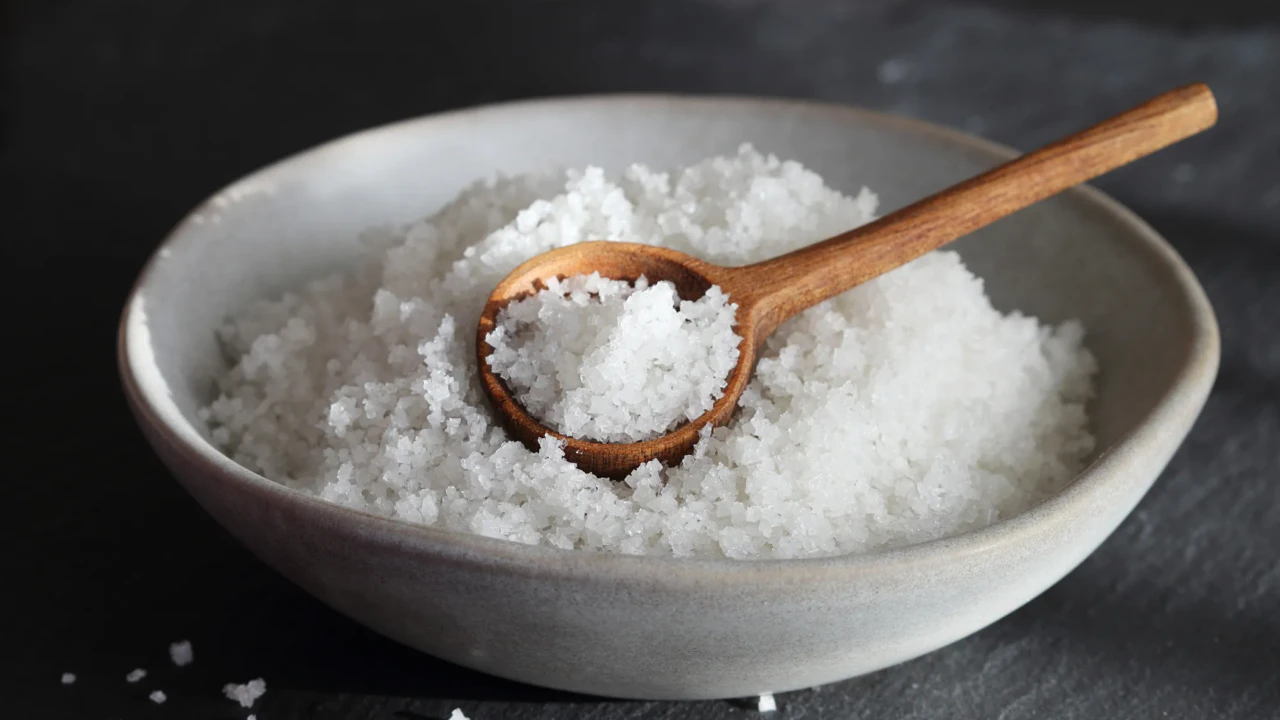
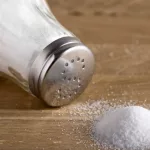
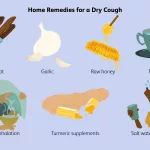


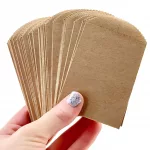
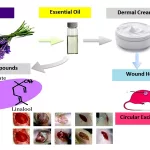

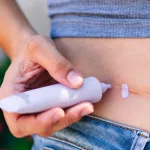
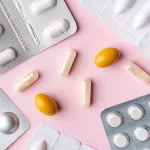
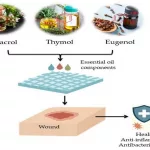




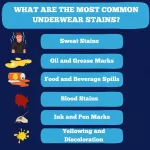

Leave a Reply
You must be logged in to post a comment.